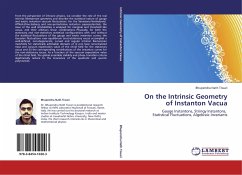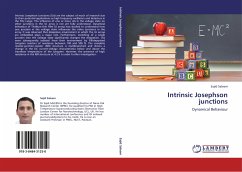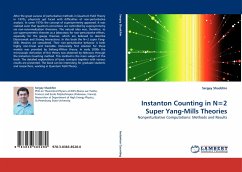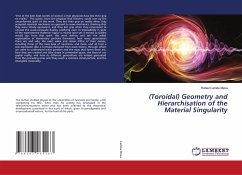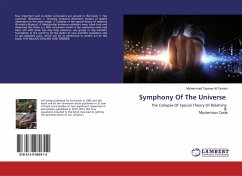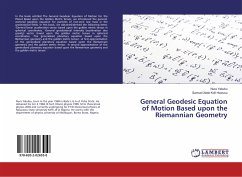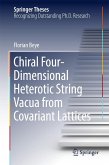From the perspective of D-brane physics, we consider the role of the real intrinsic Riemannian geometry and describe the statistical nature of gauge and exotic instanton vacuum fluctuations. For the Veneziano-Yankielowiz/ Affleck-Dine-Seiberg and non-perturbative instanton superpotentials, the issue of the wall (in)stabilities is analysed for marginal and threshold like vacua, and their arbitrary linear combinations. Physically, for both the stationary and non-stationary statistical configurations with and without the statistical fluctuations of the gauge and exotic instanton curves, the Gaussian fluctuations over equilibrium (non)-stationary vacua accomplish a well-defined, non-degenerate, curved and regular intrinsic Riemannian manifolds for statistically admissible domains of (i) one loop renormalized mass and vacuum expectation value of the chiral field for the stationary vacua and (ii) the corresponding contributions of the instanton curves for the non-stationary vacua. As afunction of the vacuum expectation value of the chiral field, the global ensemble stability and phase transition criteria algebraically reduce to the invariance of the quadratic and quartic polynomials.

